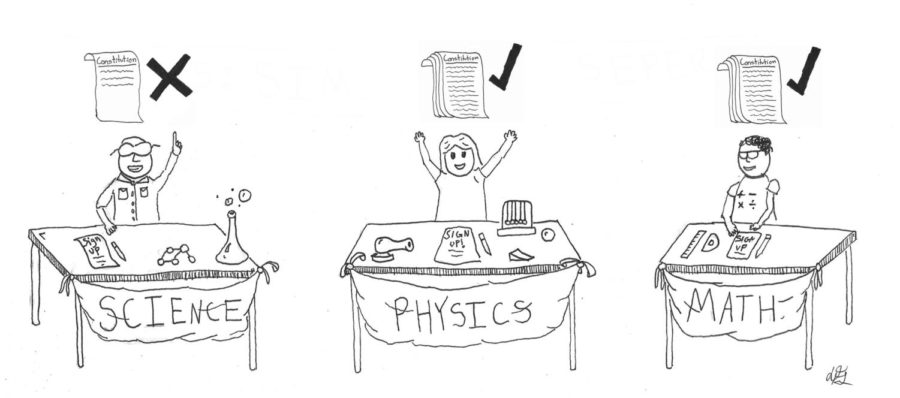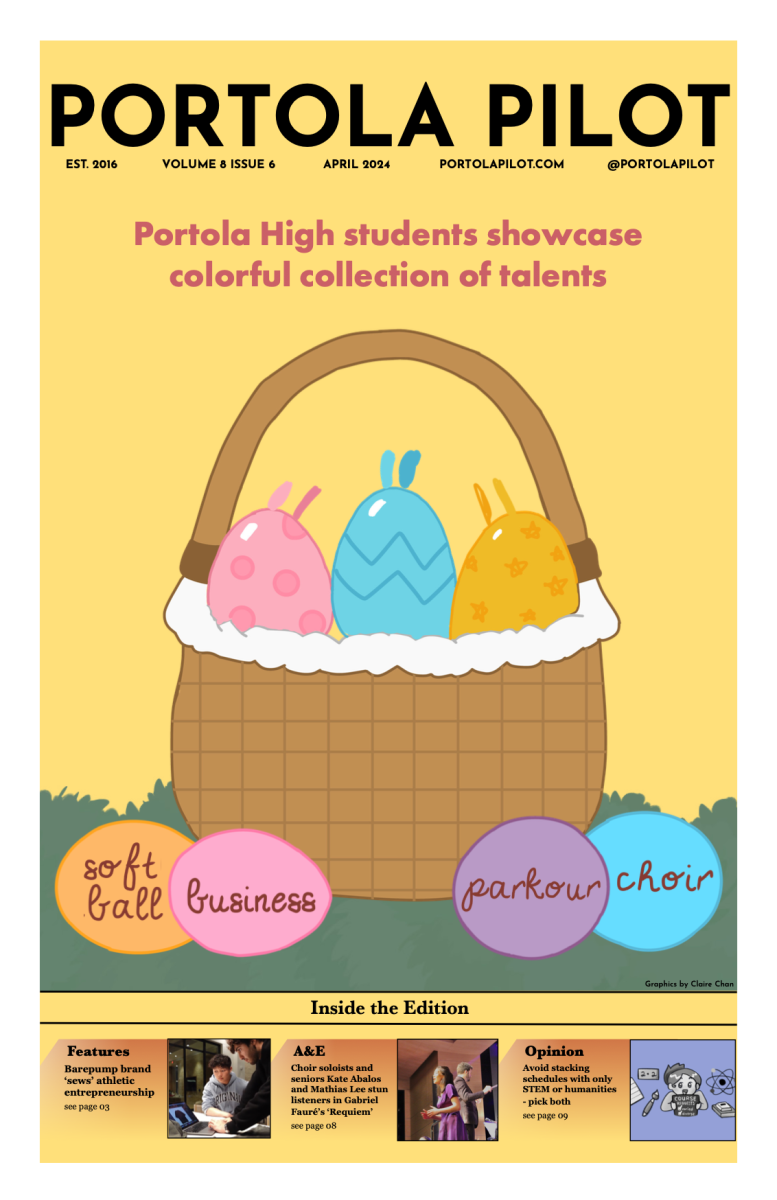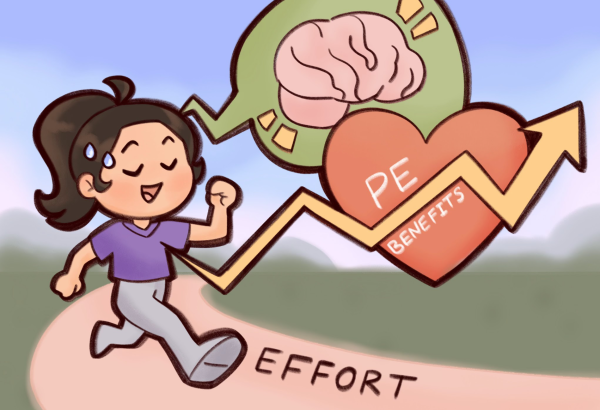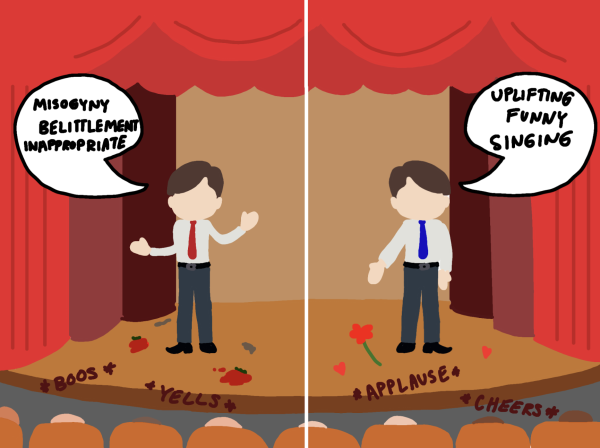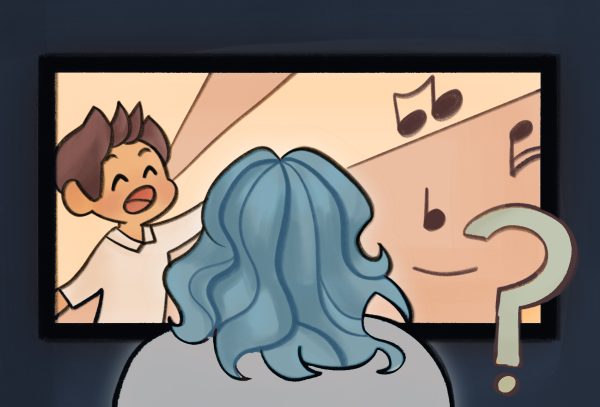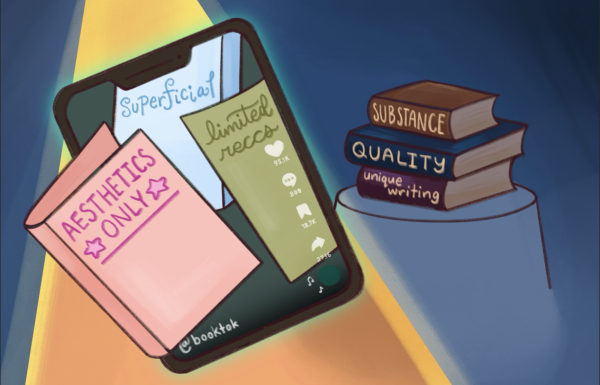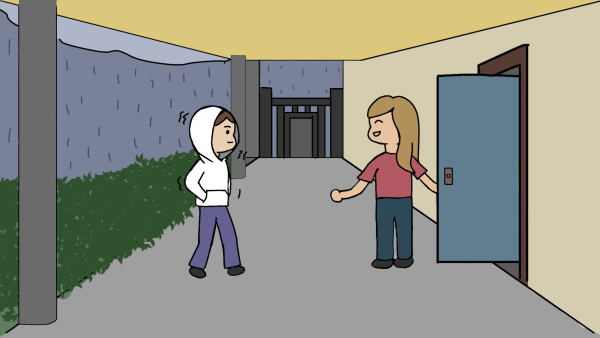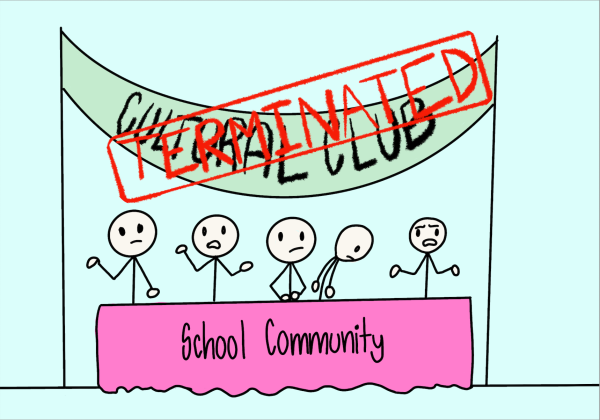Staff Editorial: Cutting Out Club Redundancy
October 12, 2018
Whether students are searching for volunteer opportunities in Key Club, progressing toward a competition with Science Olympiad or simply having fun with indoor soccer, clubs are an essential aspect of the high school experience and help unite students under a common interest.
At the beginning of each school year, students can propose club ideas to ASB, many of which have similar topics, leading to the overpopulation of various clubs.
This year, ASB has decided to merge clubs to minimize the number of repetitive clubs. Next year, to limit conflicting ideas, similar clubs should be cut for the 2020 school year, with some exceptions of coexisting clubs.
This year, there have been 180 new club submissions, according to clubs commissioner Faith Kim. After several rounds of merging similar clubs by the ASB team, 134 remain so far.
One benefit of cutting clubs is that it weeds out those with less developed constitutions. For example, if there are two clubs with similar ideas and purposes, and the first has a developed constitution with detailed information while the second is lacking in information or substance, the second club should be cut completely. This emphasizes the importance of the club constitution, promoting a message that creating clubs is not to be taken lightly.
In addition to the club constitution, there should be stricter protocols to maintain a club, such as having a higher quota of participating club members. Currently, the quota is five members after Club Kick-Off, which was on Oct. 11. However, raising the minimum number of members to 10 or 15 next year may help ensure that standing clubs have more dedicated members and have a larger impact on the Portola community, rather than having a large collection of smaller or weaker clubs.
This can limit the overwhelming 134 clubs on campus to a more manageable number of clubs for ASB to process and students to select from. In instances where two clubs have similar ideas, but both have highly developed constitutions, it may be better to let them coexist (instead of merging) to prevent a clash of leadership, ideas and purposes. For example, if two clubs decide on the same general topic, such as medicine, but one bases its identity on volunteer work, whereas the other bases its identity on fundraising and are merged, an elimination of one of the two identities may result in more challenges rather than simply allowing both to stay separate.
There is the possibility that the two identities could possibly grow with each other into a new identity. However, merging clubs may cause more headache than actually cutting less developed clubs or allowing two developed clubs to coexist.
Students should also be encouraged to join pre-existing clubs instead of trying to form similar ones, benefiting the Portola High community. When a club grows in size, the influence that it can hold in the school community is incomparable to having many small clubs. Such clubs will grow in number and stand out more, further creating a stronger sense of unity among the clubs.
In some instances, merging clubs may be a more logical option simply because of the potential shortage of advisers for the many clubs. However, cutting reduces the amount of advisers required just as effectively as merging does. Merging will also require advisers to work out who will take on the new club, whereas cutting bypasses the confusion.
Although merging is taking place this year, clubs with similar topics in the future should be cut, especially when considering student population growth. If many student groups are allowed to build their cases on why they should coexist or merge with other like-minded clubs, the sheer number of similar establishments will drown out the authenticity and creativity of well-established clubs.
Thus, the cutting of clubs must be employed in the following school years for the greater benefit of future Portola students.



